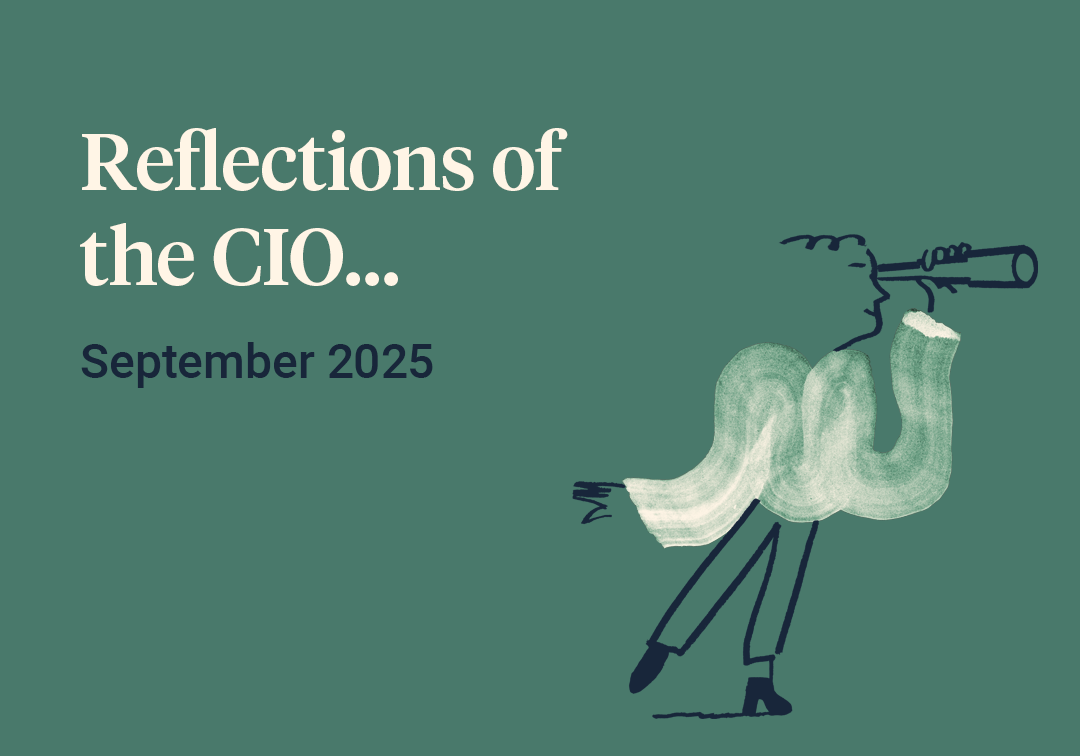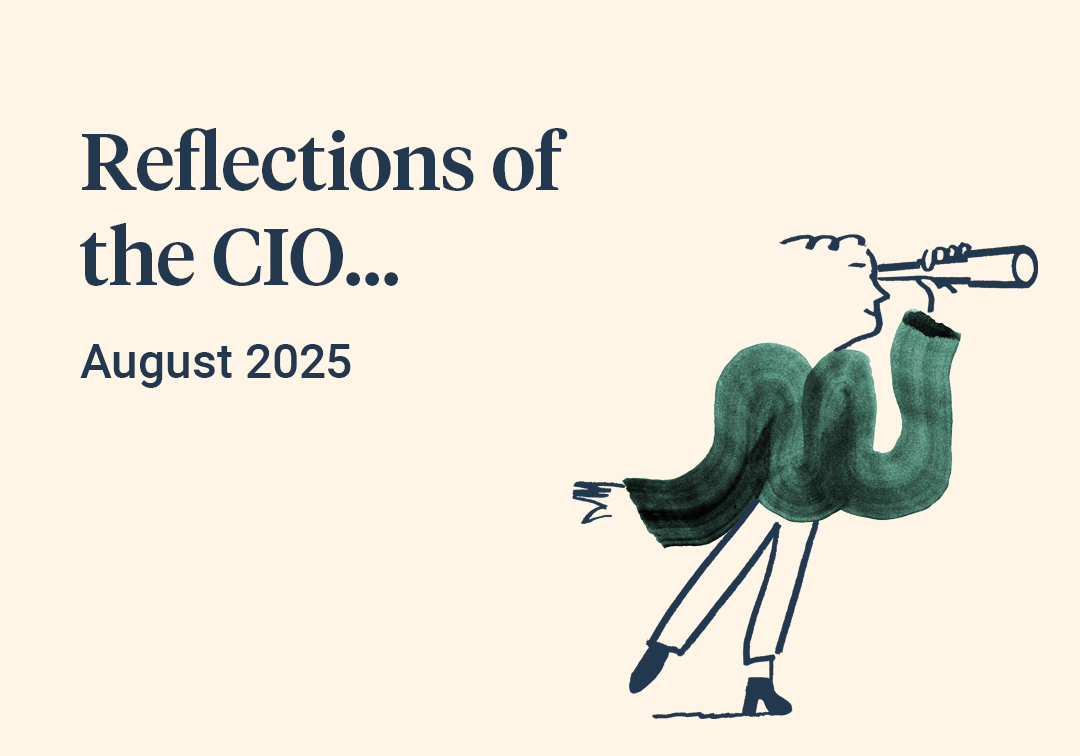The last month of summer was in many ways a microcosm of the year so far, with performance waxing and waning as perceptions shifted on the core issues of inflation, growth and interest rates. The early weeks of August were optimistic, with sentiment buoyed by evidence of inflation peaking in the USA, and also by signs that the Chinese economy was emerging from its self-induced torpor. Markets rose as investors assumed the rapid tightening of monetary policy would do the job of controlling inflation, allowing a quick ‘pivot’ in policy back to easier, more investment-friendly conditions next year. That such a view could take hold in the space of a month around such a fiendishly complex issue as inflation was undoubtedly a nice idea to take to the beach in summer, but sadly also one which didn’t stand up well to scrutiny.
The bubble of summer optimism was popped by some very aggressive language from Chairman Powell of the Federal Reserve in the final days of August. By stating that his “overarching focus is to bring inflation back down to our 2% goal’’ and that this would be done by taking “forceful rapid steps to moderate demand’’, Chairman Powell brought the summer rally to a halt and sent markets across the world into reverse. By the end of August, equities and bonds were down roughly -4%, oil around -11.2% and gold -2.5%. The pivotal US 10 year bond yield moved back above the 3% level to end at 3.13%.
As we write, investors have moved on from hoping for an early pivot to easier monetary conditions, and instead are concentrating on the growing impact of the 236 interest rate hikes this year already, across 80 central banks globally. This trend of interest rate increases across the world is now firmly established and will not change until much more evidence of slowing inflation is available. Encouragingly, we can say that this evidence is beginning to emerge in the key US economy, but we must also note that it will probably take until well into next year for policymakers to be convinced that the tide has truly turned.
The current inflation and growth risks are what could be described as ‘known unknowns’ and as such are a well-established part of investment life. The risks your investment committee really worries about are harder to see – or the ‘unknown unknowns’ to continue the analogy. In particular, the impact of a reduction of support to bond markets from central bank buying of securities (quantitative tightening or QT as it is called) is a big negative influence on investment conditions, which operates in a largely unseen and difficult to understand manner. There is a very obvious risk that this policy will somehow, somewhere, introduce stress into global funding markets and whenever that has happened before, some link in the global financial chain is usually found wanting. In essence, we think that QT is the ‘invisible channel’ through which a policy mistake could be transmitted, although we have to say that, so far, there aren’t any signs of undue stress that we can see. Nonetheless, this is a key risk to monitor as we head into the end of the year, and we will write more on the topic in the weeks ahead.



